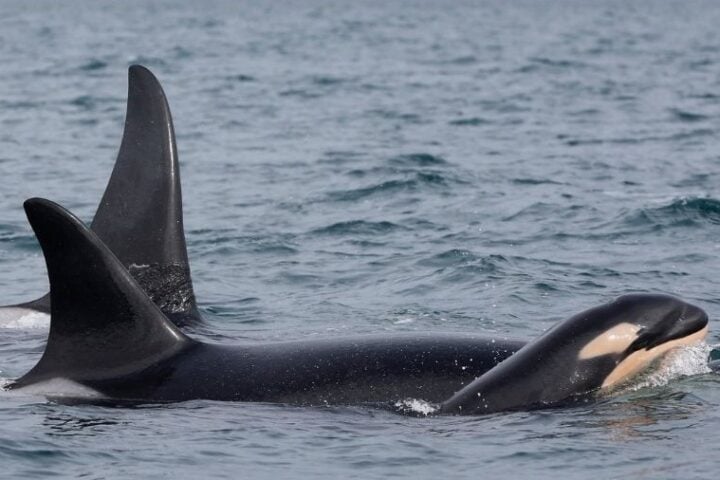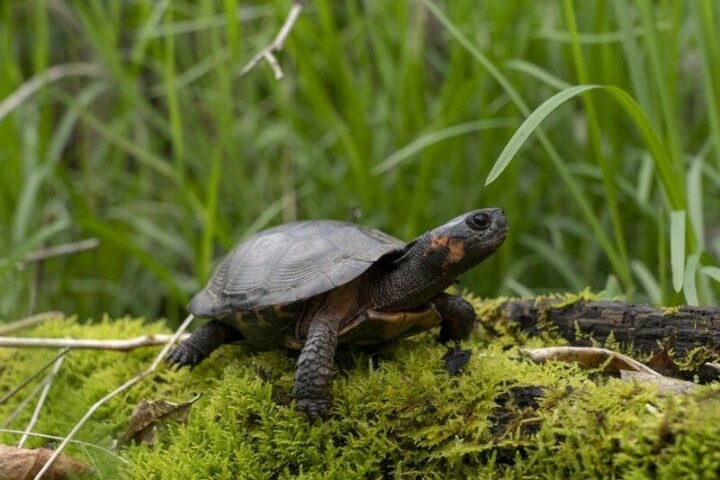Between 2019 and 2021, Kate Field lived in a camper van surrounded by electric fencing in British Columbia’s Bella Coola Valley, tracking grizzly bears through dense forest habitat. Her research, just published in the Canadian Journal of Zoology, addresses a crucial question in wildlife conservation: Does bear-viewing tourism increase human-wildlife conflicts?
“Usually, it’s the smell,” Field said, describing how she tracked the bears. “Wet fur. Salmon carcasses on the bank.” As a PhD candidate at the University of Victoria’s Applied Conservation Science Laboratory, Field and her team collected 1,806 hair samples along the Atnarko River, using DNA analysis to identify 118 individual grizzlies.
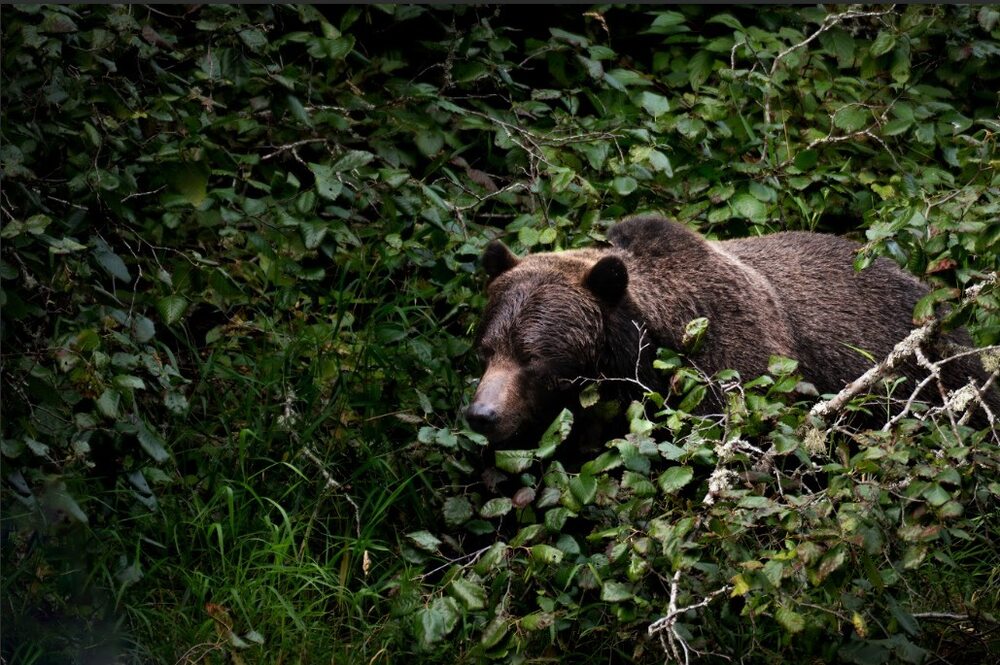
The DNA Library
“Each strand of fur is a breadcrumb on a bear trail,” Field explained. The riverbanks became what she calls “DNA libraries,” revealing precise movements of individual bears. Through genetic analysis, they identified 73 females and 45 males, with 34 bears visiting ecotourism areas at least once.
The results were clear: among these 34 bears exposed to ecotourism, only one later encountered conflict with humans in nearby communities. This finding emerged when researchers compared genetic samples from bears in tourist areas with those involved in human conflicts 41-58 kilometers downstream.
Indigenous Knowledge Meets Science
Jason Moody from the Nuxalk Nation’s fisheries and wildlife program, who contributed to the study, brought centuries of traditional knowledge to the research. “It goes back centuries if not thousands of years, relationship with the bears, and we really identify with them in this part of the Great Bear Rainforest,” he said.
The research team used sophisticated probability analysis to validate their findings. For these results to have occurred by chance, the local bear population would need to exceed 674 individuals – far above the highest regional estimate of 368 bears.
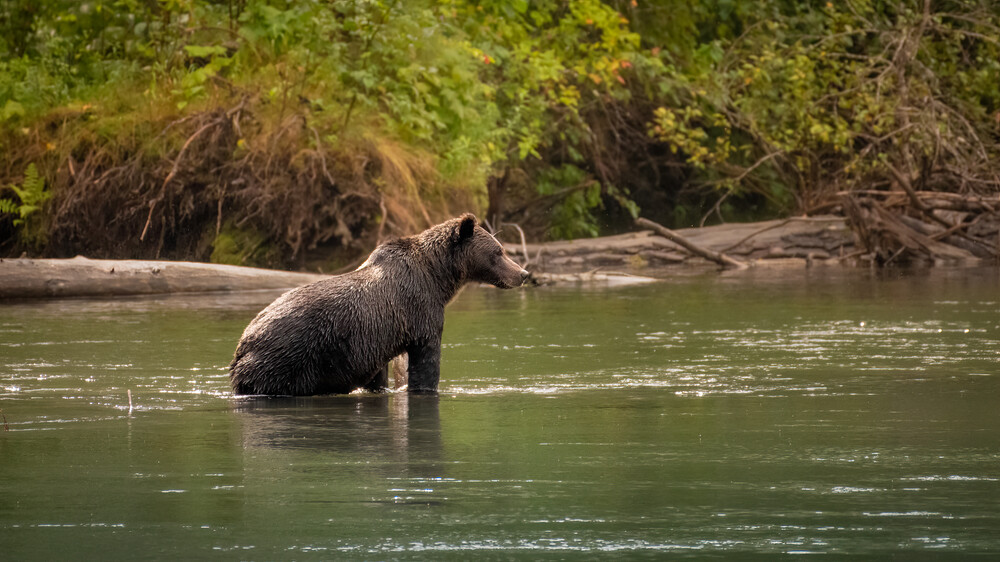
The Salmon Factor
A critical pattern emerged linking salmon availability to bear behavior. Moody explained: “When you have good pink salmon runs, the conflicts in the communities in this valley, throughout private properties, go down, almost completely disappear.”
This observation aligns with previous research showing bear conflicts increase by 20% for every 50% decrease in annual salmon biomass. The Nuxalk Nation actively addresses this through practical solutions, including electric fencing around salmon-processing sites during harvest season.
Similar Posts
Professional Tourism Impact
Katherine MacRae, Executive Director of the Commercial Bear Viewing Association, distinguished between different types of bear tourism: “Guided ecotourism follows a set of best practices and certification. We strive to have a bear-neutral impact. Then there’s recreational tourism – people standing on the side of the road, getting too close.”
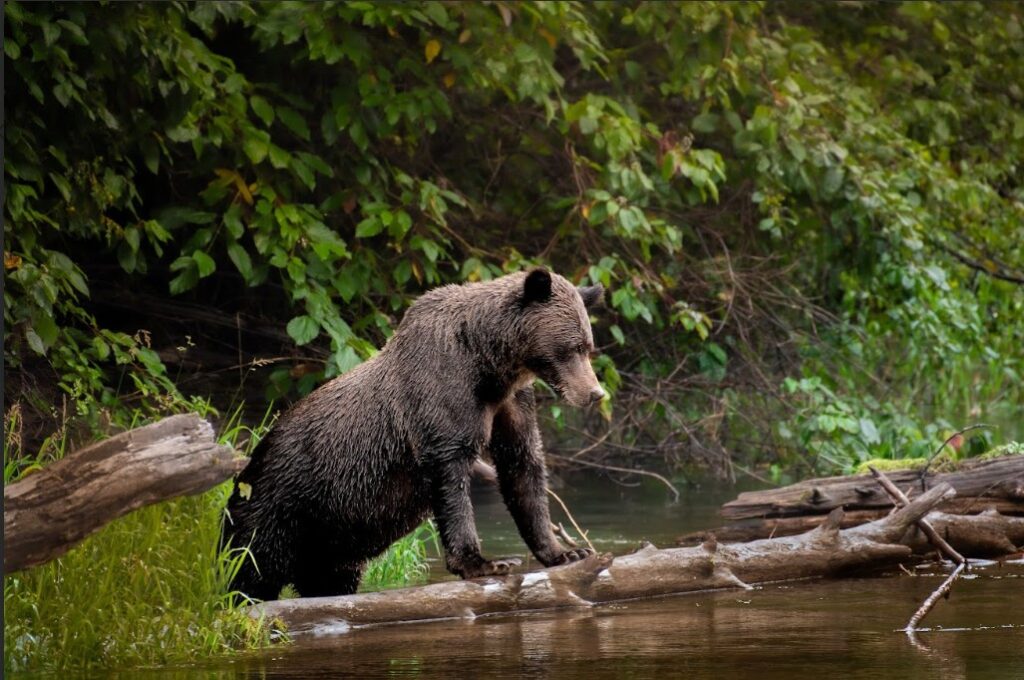
Scientific Methodology
The research methodology was comprehensive. Scientists monitored hair-collection sites every nine days during salmon runs across approximately 36 kilometers of river habitat. They collected samples from both ecotourism areas and conflict zones, creating a detailed map of bear movements and behaviors.
Field’s research revealed that during periods of abundant salmon, bears spread out to different territories. However, when salmon is scarce, bears concentrate in viewing areas – suggesting ecotourism operations might need to adjust their viewing schedules based on salmon availability.
Chris Darimont, a UVic researcher, contextualized the valley’s unique dynamics: “It’s a great place to live if you’re a grizzly bear, but it’s packed with people on the valley bottom and some people don’t make space for bears.”
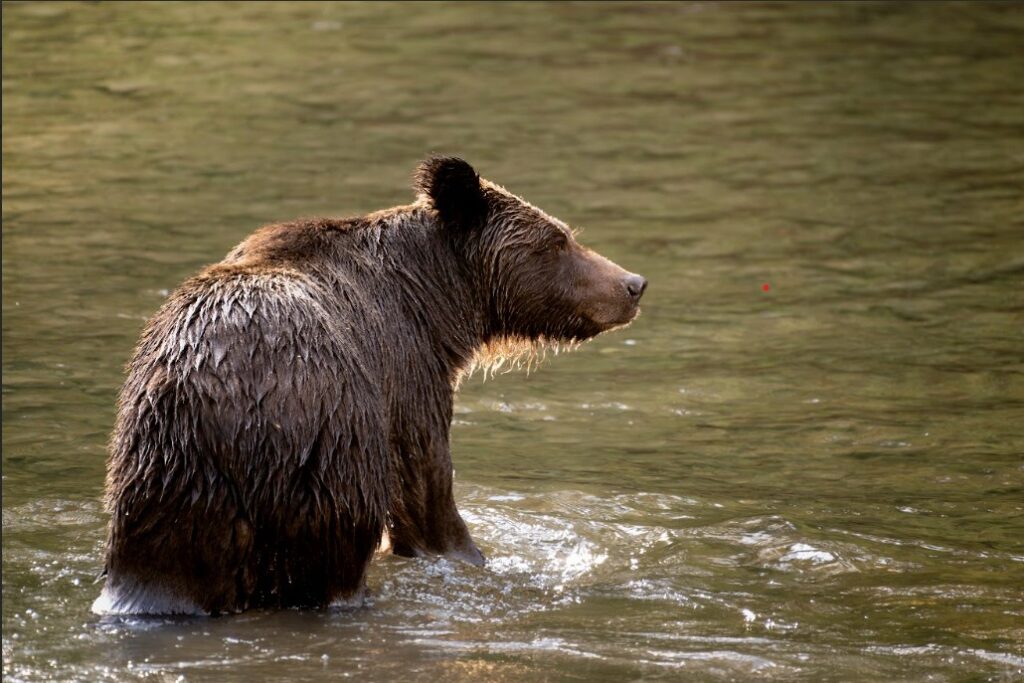
Conservation Applications
Field noted that factors other than ecotourism typically drive human-bear conflicts: “Our study found no evidence to suggest tolerant ecotour bears are getting into trouble in communities.” Instead, unsecured food sources and human-associated attractants lead to problematic encounters.
The Nuxalk Bear Safe Program applies these findings through community education and proactive measures. The research demonstrates that well-managed ecotourism can coexist with wildlife conservation goals when communities maintain natural food sources and properly manage human-associated attractants.
These findings provide crucial guidance for wildlife management strategies worldwide, showing how scientific research can translate into effective conservation practices that benefit both wildlife and local communities.
The study’s detailed analysis of bear behavior, combined with traditional knowledge and modern conservation practices, offers a model for communities seeking to balance tourism, conservation, and human safety – all while ensuring the preservation of these magnificent animals in their natural habitat.
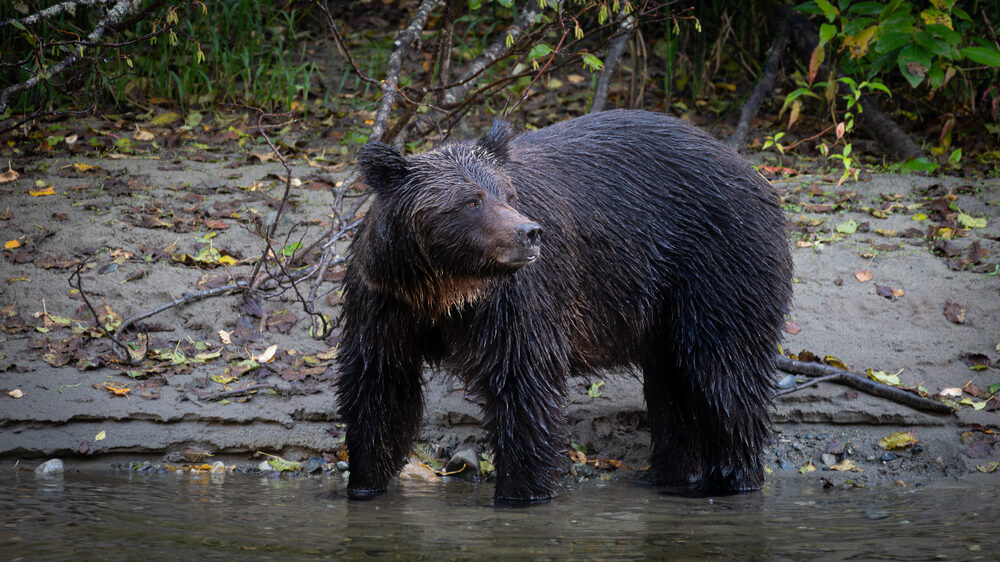

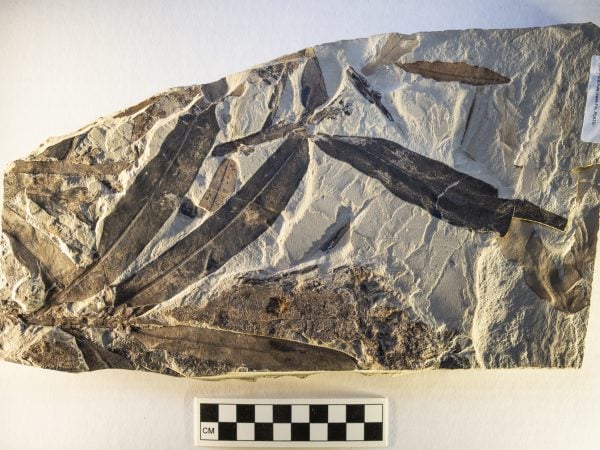
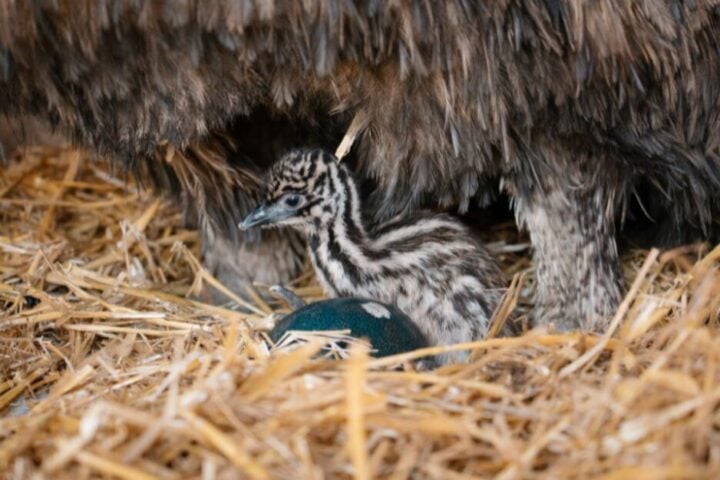
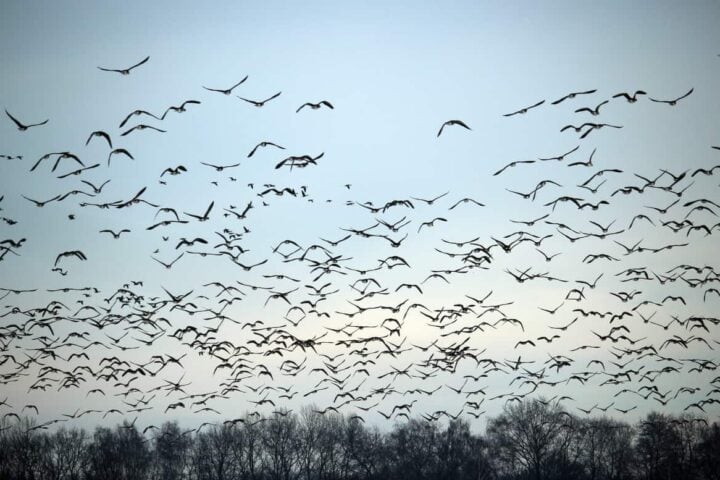
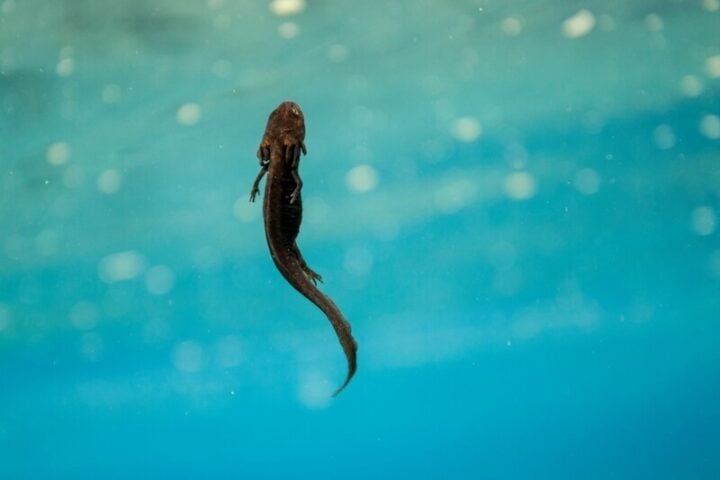
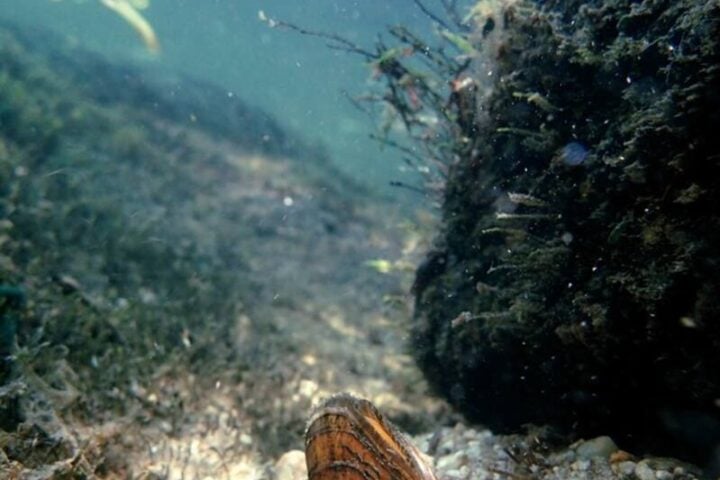




![Representative Image: European Starling [49/366]. Photo Source: Tim Sackton (CC BY-SA 2.0)](https://www.karmactive.com/wp-content/uploads/2025/04/Starlings-Drop-82-in-UK-Gardens-as-Birdwatch-2025-Reveals-Record-Low-Count-Since-1979-720x480.jpg)

